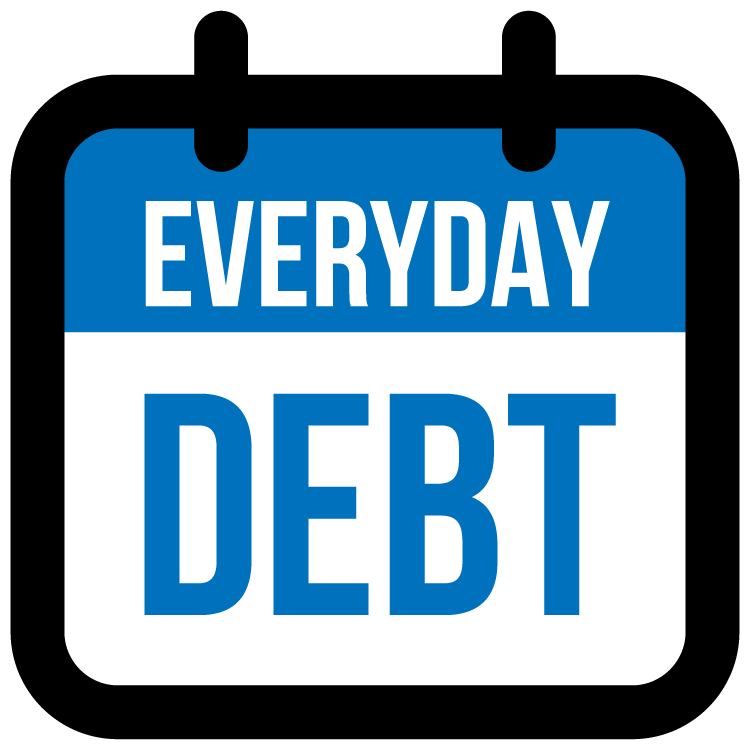The Strategic Imperative: Mastering Cash Flow for Business Longevity

In the high-stakes arena of business ownership, few metrics carry the weight and consequence of cash flow. It’s not merely an accounting concept but the fundamental rhythm determining whether an enterprise thrives or falters. At EverydayDebt, we’ve witnessed countless businesses—from emerging startups to established operations—transform their financial trajectory through strategic cash flow management. This guide presents battle-tested approaches for optimizing your business’s economic circulatory system.
Beyond the Balance Sheet: Understanding True Cash Flow Dynamics
Cash flow transcends simple arithmetic of money in versus money out. It represents your business’s operational metabolism—the rate at which resources flow through your enterprise and your capacity to withstand market volatility. Positive cash flow creates resilience; negative patterns signal vulnerability that competitors and creditors quickly recognize.
Cash flow consistently ranks among their top concerns when executives at Fortune 500 companies are asked what keeps them awake at night. For independent business owners, this concern should be even more acute.
The Seven Pillars of Strategic Cash Flow Management
1. Transform Revenue Collection into a Strategic Advantage
The velocity of incoming cash fundamentally alters your business’s position:
- Implement progressive payment structures requiring deposits and milestone payments rather than end-loaded compensation.
- Revise your payment architecture to include automated collection systems that reduce the psychological friction of collection.
- Deploy payment acceleration incentives that reward prompt settlement while penalizing delays through carefully crafted terms.
According to industry analyses, organizations that master receivables timing typically outperform competitors by 24% in cash conversion metrics.
2. Create Leverage Through Payables Optimization
Your outgoing payments represent negotiable strategic levers:
- Synchronize payment cycles with your receivables timeline rather than defaulting to supplier-preferred schedules.
- Develop tier-based supplier relationships that reward key vendors with prompt payment while extending terms with others.
- Implement cash flow-centric approval hierarchies prioritizing expenditures based on strategic impact rather than departmental preferences.
3. Implement Capital Allocation Discipline
Every dollar in your business should be deployed with purpose:
- Establish clear ROI thresholds for all capital investments, with higher barriers during cash-constrained periods
- Create capital resource hierarchies that separate essential, strategic, and optional expenditures
- Develop contingency-based investment schedules that automatically adjust to cash flow realities
4. Restructure High-Cost Obligations
Many businesses unknowingly sacrifice future flexibility through inefficient financing:
- Audit all debt instruments for hidden accelerators, cross-default provisions, and reconciliation limitations.
- Identify and neutralize predatory financing vehicles, such as merchant cash advances that create compounding cash flow constraints.
- Implement strategic debt restructuring with partners like EverydayDebt who specialize in transforming unsustainable obligations into manageable commitments.
5. Develop Cash Flow Intelligence Systems
Information velocity creates competitive advantage:
- Deploy real-time cash monitoring dashboards accessible to key decision-makers
- Implement forward-looking cash forecasting models that predict constraints before they materialize
- Establish early warning systems that trigger predetermined contingency plans when metrics deviate from acceptable ranges
6. Create Diversified Revenue Architectures
Revenue concentration creates structural vulnerability:
- Develop complementary revenue streams that operate on different collection cycles
- Implement recession-resistant offerings that maintain demand during economic contractions
- Build recurring revenue components that provide predictable cash flow baselines
7. Optimize Operational Cash Efficiency
Internal processes often harbor significant cash flow improvement opportunities:
- Conduct zero-based inventory analyses that question every dollar of carrying cost
- Implement lean fulfillment methodologies that minimize cash-to-cash cycles
- Deploy space utilization strategies that maximize revenue per square foot while reducing fixed costs
The EverydayDebt Advantage: Restoring Cash Flow Mastery
When predatory financing vehicles such as merchant cash advances, high-interest loans, or onerous factoring arrangements have compromised your cash flow fundamentals, EverydayDebt provides comprehensive intervention:
- Financial Stabilization Protocols: We implement immediate measures to halt aggressive collection actions that threaten operational viability
- Obligation Restructuring: Our team negotiates sustainable terms with creditors based on your actual cash capacity, not theoretical projections
- Strategic Debt Resolution: We develop and execute comprehensive plans that systematically eliminate high-cost debt without compromising core operations
- Cash Flow Restoration: Beyond debt resolution, we help implement the structural changes necessary to prevent recurrence
The Imperative of Action
Cash flow challenges rarely self-correct. Constraints typically compound at an accelerating rate without strategic intervention until they reach critical mass. The businesses that survive and ultimately thrive are those that recognize early warning signs and take decisive action.
Contact EverydayDebt today for a confidential analysis of your business’s cash flow architecture and discover how our specialized expertise can transform financial constraints into sustainable growth opportunities. Your business deserves more than survival—it deserves the cash flow foundation for lasting prosperity.
Recent Posts
- SBA Workforce Cuts: What It Means for Small Businesses and How to Navigate Potential Challenges
- 10 Ways Small Business Owners Can Leverage AI to Boost Their Business
- Is Debt Relief a Better Path Than Bankruptcy? A Comprehensive Analysis
- Escaping the Merchant Cash Advance Minefield: A Path to Relief in 2025
- Understanding Your Rights: How UCC Article 9 Impacts Merchant Cash Advance Agreements
Post Categories
Tags
Let Everyday Debt help eliminate financial hardship and get your business back on track. We can stop daily withdrawals and reduce your debt. Contact us today for a free consultation.
